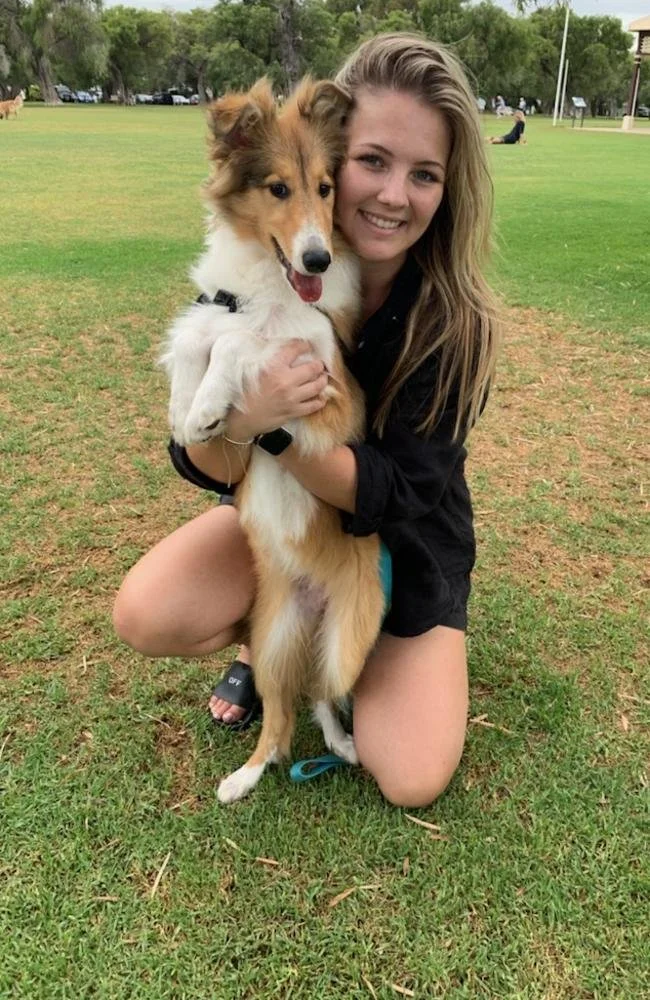Kicking Goals with Endo: Physical Education on My Own Terms
As a primary school sports teacher, my job requires me to be on the move — running games, demonstrating drills, and keeping up with a group of energetic kids every day. It’s a role I love deeply, but like many with endometriosis, I’ve had to learn how to navigate the physical demands of my job alongside the often unpredictable symptoms of a chronic condition.
One of the most important steps in making this work has been being completely transparent with my workplaces. From the outset, I’ve made sure that my team and leadership understand what a flare-up can look like for me and, just as crucially, what I need when one hits. Having clear emergency procedures in place — whether that means someone nearby to step in or access to a private space for a moment of relief — has helped ease the anxiety of "what if" scenarios.
That transparency extends to my students, too. If I’m having a tough day and need to teach with a heat pack strapped on or conduct a class sitting down, I explain in simple terms that I’m not feeling 100% and that my stomach is sore. Kids are incredibly empathetic when given the chance, and I’ve been blown away by how kind and understanding they are. Their support really is one of the unexpected blessings in this journey.
Over time, I’ve learnt to adapt and get creative with how I deliver lessons. On days when I’m feeling well, I make the most of it — running alongside the kids, getting fully involved in games, and modelling the active lifestyle I encourage. But on tougher days, I shift gears. I might rely more on student-led warm-ups, peer demonstrations, or visual instructions to reduce how much I need to move around. It’s all about working smarter, not harder, and trusting that effective teaching doesn’t always have to be high energy.
I’ve also built up a little “endo toolkit” that comes to work with me — heat packs, pain relief, tummy tea, and access to a quiet office space where I can take five minutes if I need to reset. My trusty oversized water bottle is always close by to help me stay hydrated (though that’s definitely easier said than done when I’m on the oval all day!). I’m also mindful about what I eat during work hours, choosing meals that are gentle on my body, reduce inflammation, and still give me enough energy to get through the day. These small habits help me feel a bit more in control — especially when I’m managing symptoms far from the comfort of home.
If there’s one thing I wish I’d known earlier, it’s that being open doesn’t make you a burden — it builds trust. The more I’ve shared my reality with colleagues, leadership, and students, the more supported I’ve felt. There’s no shame in needing to pause, sit, or swap a running game for a slower-paced activity. My students still learn, we still laugh, and most importantly, they learn that it’s okay to listen to your body.
A Note to Others Teaching with Chronic Illness
If you’re a teacher navigating chronic illness — whether it’s endometriosis or something else — I see you. This job asks so much of us physically, mentally, and emotionally, and it’s okay to acknowledge that some days are just hard.
My biggest piece of advice? Be honest — with your workplace, your students, and most importantly, with yourself. You don’t have to push through in silence. With the right support systems, some thoughtful planning, and a bit of flexibility, it is possible to thrive in this role. You might even find, like I have, that your vulnerability builds deeper connections in the classroom.
You are still an incredible educator, even on the days you’re teaching from a chair or with a heat pack tucked under your jumper. Your presence, your patience, and your care mean the world to your students — and that’s what they’ll remember most.
Anna x


